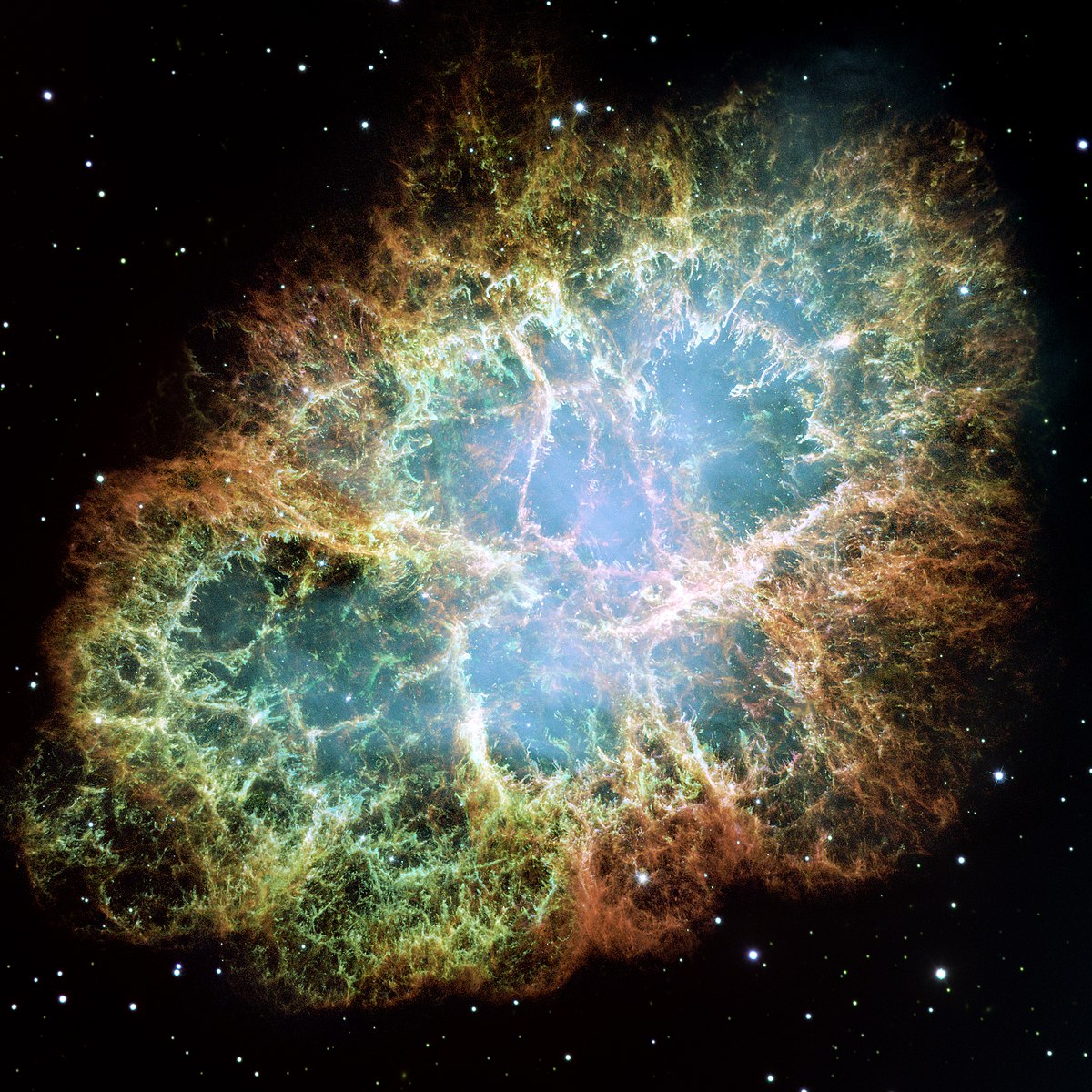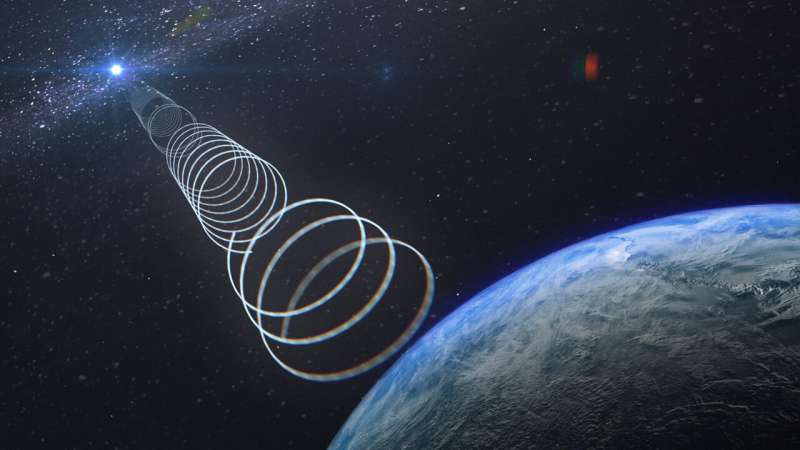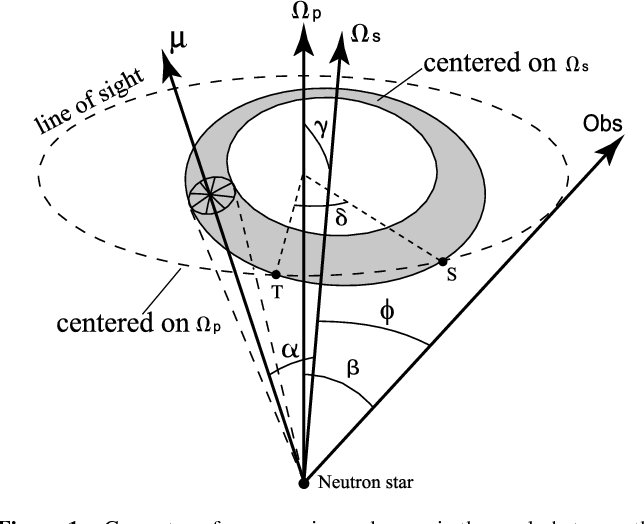It really wasn’t so long ago that everything in the nighttime sky was a complete mystery. What were the stars and how did they differ from the planets, whatever the planets were? What was the Milky Way, or meteors, or comets? Only about 600 years ago nobody knew what any of the things were. Today however thanks to advances in astronomy there are entire books, brimming with measurements and data described in detail each of those classes of object.

Nevertheless until recently there was one small mystery remaining from the years before Copernicus. In the year 1181 CE Chinese astronomers spotted and recorded the location in the sky of a new or guest star. This new star shined as brightly as the planet Saturn and lasted a full six months before fading away. Even with all the progress in astronomy since then no one had ever been able to identify exactly what object in the sky had been that guest star.

Now supernovas as a class are no longer a mystery, I have written several posts about them (see 26 May 2021 and 18 Jan 2020). Of the supernovas that were spotted and recorded before the age of the telescope astronomers have succeeded in identifying the corpses for several, such as the Crab Nebula which is the remnants of a supernova spotted in 1006. But astronomers failed in all their attempts to identify the remains of the supernova of 1181.

Until now, now an international group of astronomers from Hong Kong, the UK, France and Hungary think they’ve found it in a nebula known as Pa30 that surrounds one of the hottest stars in the galaxy called Parker’s star. And in so doing they may have discovered the first in a totally new class of supernovas, a Type Iax.

Before I go any further let me take a minute to describe the two classes of supernovas already recognized by astronomers. Type two supernovas happen when a huge star, say ten times the mass of our Sun, has used up all of its hydrogen fuel as well as its helium and even carbon and oxygen, having fused them into iron. Once a star reaches that point however it’s at a dead end because you can’t get energy from iron by either fusion or fission. Without the energy produced by nuclear fusion the star begins to collapse and then rebound. The rebound is a massive explosion that we see as a Type 2 supernova.

A Type 1 supernova on the other hand starts out as a more normal star, say 2-3 times as massive as the Sun. Once such a star has also used up all of its nuclear fuel it goes into ‘retirement’ as a white dwarf, an incredibly dense object as massive as our Sun but only the size of the Earth. The old description of white dwarf material is that a matchbox full would weigh as much as a ton of normal matter.
Now if a white dwarf star has a companion star it can steal some material from the companion, gaining mass in the process. There’s a limit to how much mass the dwarf can steal however because if it exceeds a value known as Chandrasekhar’s mass, which about equal to 1.4 solar masses, then the white dwarf will collapse into a neutron star, throwing off a portion of it’s mass as a Type 1 supernova.

Now Pa30 is certainly not the remnants of a Type 2 supernova but it also differs is several ways from the remains of a Type 1 supernova as well. Based upon the observations they’ve made of the object the astronomers think they may have found the first known example of a kind of supernova that has been postulated but never before seen.
The idea is this, what if two white dwarfs collided and merged, exceeding Chandrasekhar’s mass that way. Would that result in a supernova and what would that supernova look like? Well, based upon the measurements made of Pa30 and Parker’s star they fit this new class of supernovas Type Iax. So if the assertions made by the astronomers holds up they may have solved one of the last remaining astronomical mysteries from before the age of the telescope, and found the evidence for a whole new class of supernova.

But even as astronomers solve one of the mysteries of the Universe it always seems like they discover another. In my lifetime quasars, pulsars and active galactic nuclei have all been discovered and solved while other mysteries like dark energy remain to be completely understood.
One of the hottest topics in astronomy right now are radio transients, that is sudden and very short-lived bursts of radio energy that appear somewhere in the sky and then disappear as quickly as they came. One particular type of these objects have been spotted in the vicinity of the center of our galaxy and been given the name Galactic Center Radio Transients or GCRTs and have also been given the nickname of Burpers.

GCRT J1745-3009 is a typical member of its class. The object was discovered back in the fall of 2002 when a group of astronomers from Sweet Briar College were listening to the region around the center of the Milky Way at a frequency of 330 Megahertz or 1meter in wavelength. In a seven hour period over the night of September30-October1 they received five bursts of radio energy, all of the same signal strength, all lasting about ten minutes and all occurring 77 minutes apart with no signal in between. Upon checking their data the astronomers discovered another identical burst had been recorded three days earlier on September 28 and a weaker burst was later received on March 20th of 2004. No other observations of GCRT J1745-3009 have been observed since nor was the object observed in any other form of EM radiation such as visible light or X-rays. GCRT J1745-3009 is one of three such mysterious objects that astronomers have observed to date.

You can understand how trying to figure out the mechanism behind a phenomenon that only appears seven times in seven months, never for longer than ten minutes and then vanishes completely can be a difficult task. Astrophysicists are clever guys however and several theories have already been proposed for the nature of the burpers. These include pairs of orbiting neutron stars, radio emitting white dwarfs along with a pulsar precessing at a period of 77 minutes.

That’s the way of science in general, even as we solve one mystery there are always plenty more waiting to be figured out. To anyone who likes solving puzzles it means that you’ll certainly never be bored.
